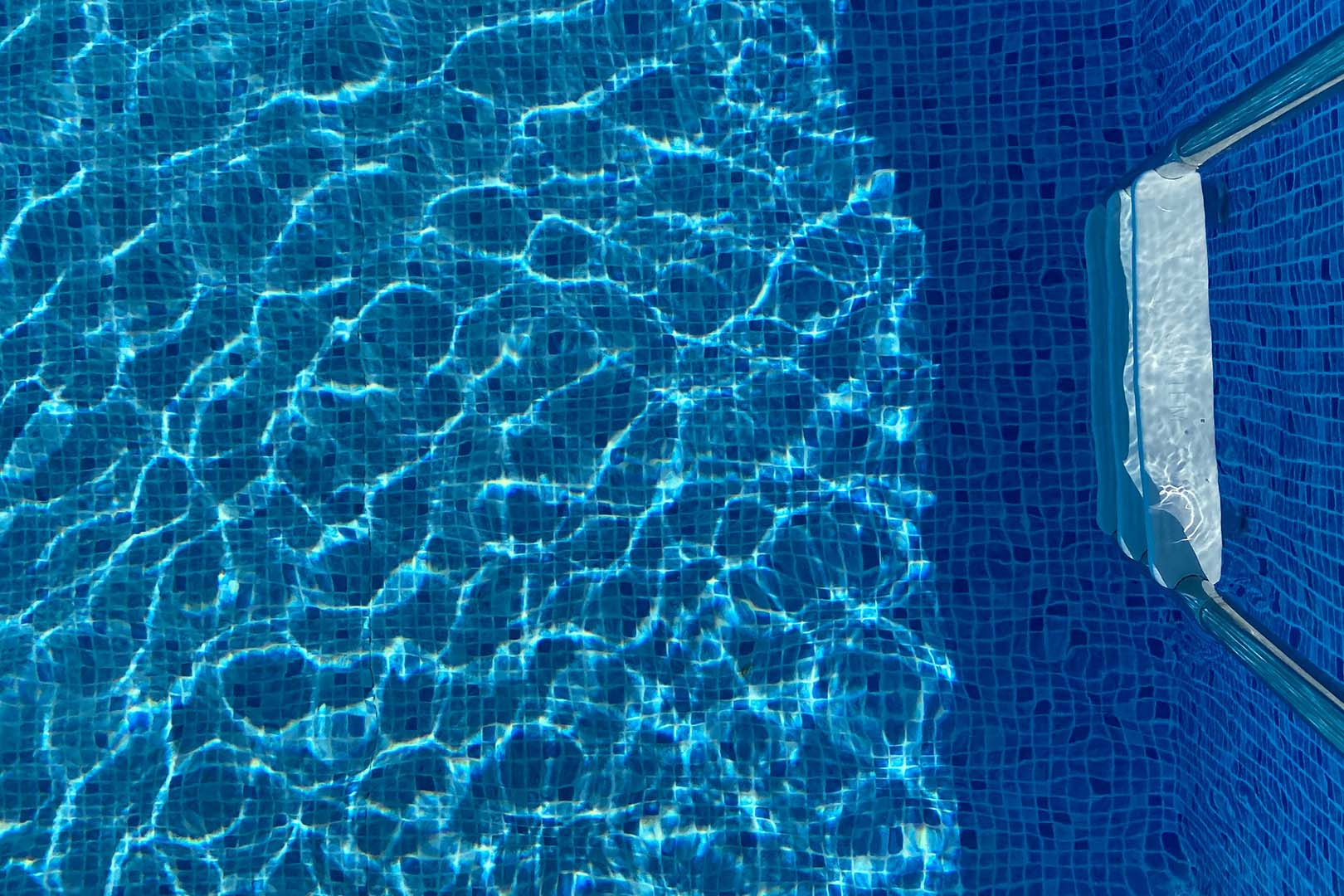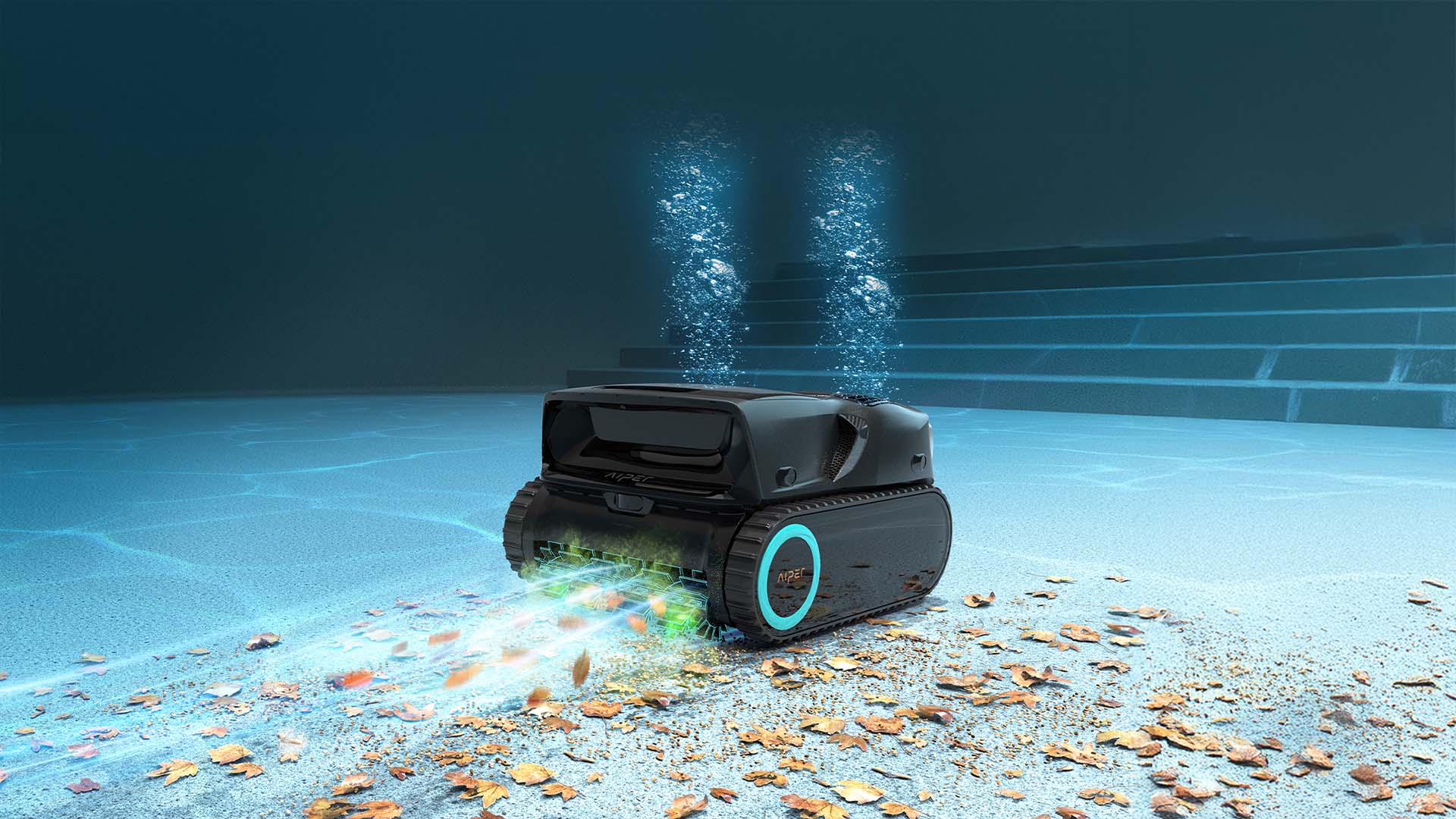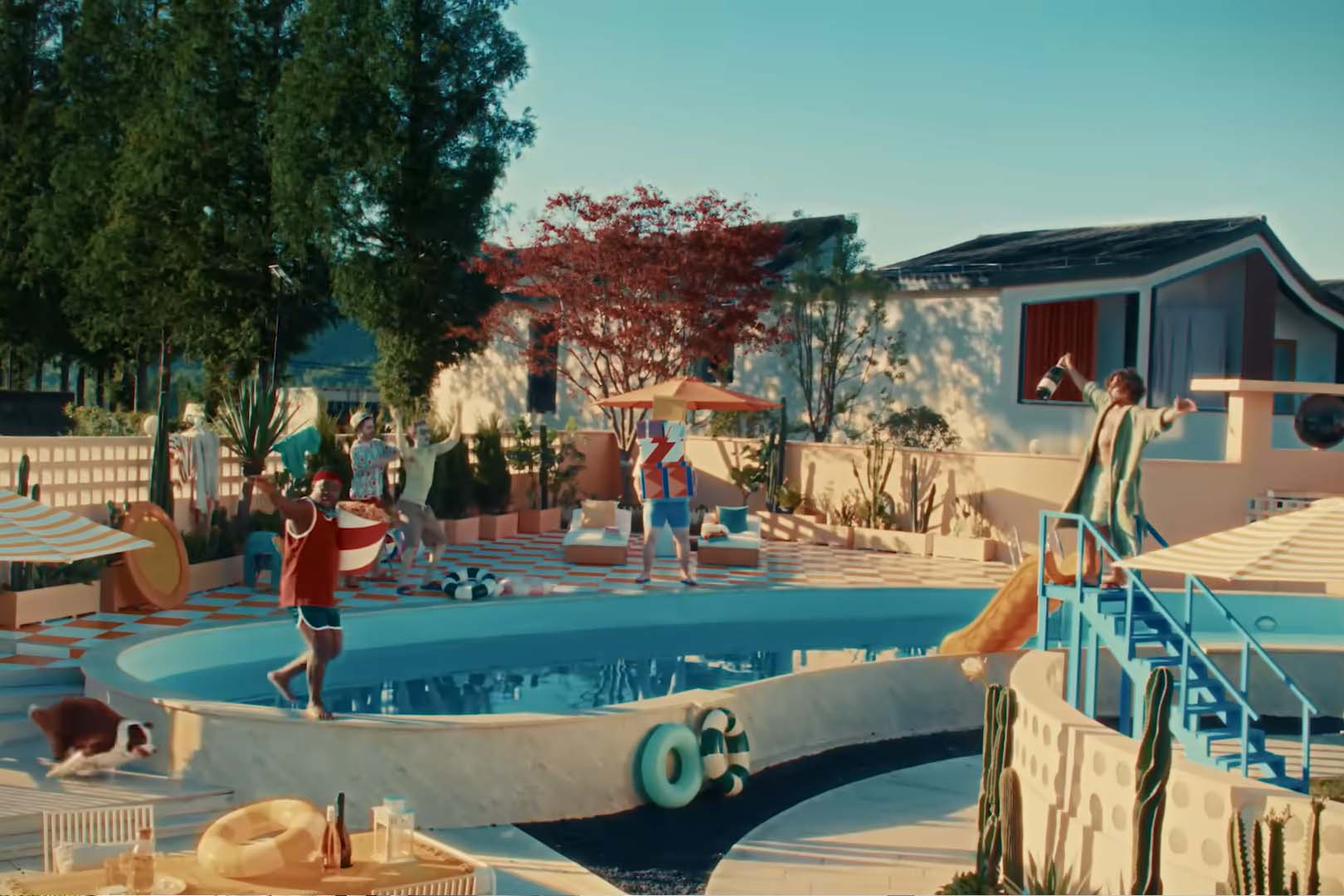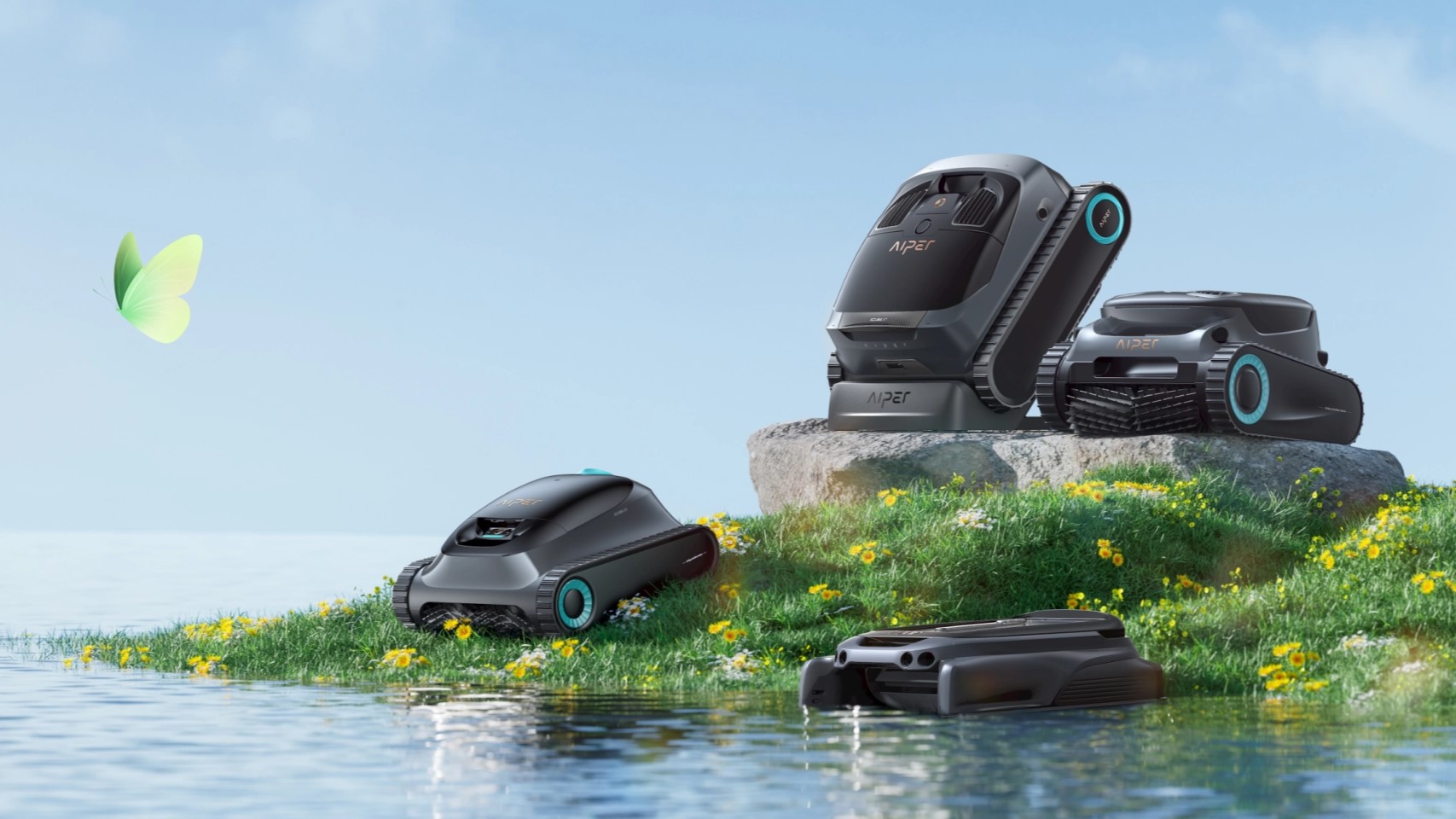
How to Do a Bucket Test for Pool Leaks: Step-by-Step Guide to Detect Water Loss
Have you noticed your pool water dropping whenever you go out for a swim? Are you unsure if it’s a leak or merely evaporation? Well,
Subscribe Now to Get AUD $15 Off Coupon

Did you know that some pool water bugs can deliver a bite as painful as a bee sting? Water bugs in pools might seem harmless, but these persistent creatures – water boatmen and backswimmers – can quickly turn your refreshing summer swim into an uncomfortable experience. These oval-shaped bugs measure between 1/4 to 1/2 inch long and are more than just unwanted visitors. They often signal that your pool’s chemistry needs attention. These aquatic insects show up mostly during summer months and usually point to why algae problems occur. They don’t just float around randomly. Their attention is drawn to pools with algae, which serves as their food source and a place to lay eggs. Dealing with water bugs can be frustrating. We created this piece to help you get rid of these unwanted pool guests and stop them from coming back. Let’s take a closer look at solutions that work well.
Swimming pools attract many water-loving insects, especially when the conditions match their ideal habitat. Pool owners need to understand these aquatic visitors to control and prevent infestations effectively. Three main types of water bugs make their home in swimming pools:
These oval-shaped insects measure 1/4 to 1/2 inch long and have a brownish-green color. They have four legs, and their back pair comes with fringed hairs that help them swim. Water boatmen can fly but don’t bite humans. They eat algae and mosquito larvae.
These bugs are a bit bigger than water boatmen at 1/2 inch and swim uniquely – on their backs. You’ll notice their lighter color and longer legs compared to water boatmen. Be careful though – these predatory insects can give you a painful bite similar to a bee sting if you disturb them.
These insects use their long legs to move across pool surfaces. They feed on smaller insects and organisms that fall into the water. Unlike their water-dwelling cousins, water striders stay on the water’s surface and won’t bite swimmers.
Water bugs find their way to swimming pools for several reasons: Algae Presence: Water boatmen love pools with algae – it’s their favorite food. These bugs can sense algae before humans can even see it, making them early warning signs of pool maintenance needs. Food Chain Dynamics: Where there are water boatmen, backswimmers follow. It’s nature’s food chain at work. A pool full of insects becomes a buffet for hungry backswimmers. Environmental Factors: Pool lights draw these insects, with water boatmen showing special interest in bright areas. Pools close to irrigation systems or standing water face higher risks of bug invasions. These insects can both fly and crawl to reach inviting water spots. Seasonal Patterns: Summer brings peak water bug activity as warm weather helps them breed and thrive. These bugs lay their eggs in algae-rich spots, and your pool could become their nursery if left untreated.
Several proven methods can quickly reduce water bugs in your pool and provide quick relief. These solutions give temporary respite as you prepare for a more detailed treatment.
Pool skimmers act as your first defense against water bugs. A pool skimmer net helps remove visible bugs from the water surface. You should be careful during this process because water boatmen and backswimmers might try to fly away once you scoop them out. A vacuum helps eliminate any remaining sediment, debris, or eggs these insects might have left behind.
Dawn Ultra Dishwashing Liquid works surprisingly well as a solution. Add about 1/4 cup of dish soap over the middle section of a 20,000-gallon pool. The science behind this method is fascinating – soap breaks the water’s surface tension, which stops water bugs from trapping air bubbles against their bodies when they breathe. The quickest way to get results:
The bugs’ attention is drawn to the light when they surface for air but they can’t break through the soapy water surface and end up drowning. You can collect them the next morning.
These chemical options work quickly: Calcium hypochlorite eliminates algae, which is the biggest problem because it serves as food that draws water bugs. A typical 45,000-liter pool needs either:
Evening hours are best for shock treatment because sun rays won’t break down the chlorine. The filtration system should run at least 8 hours afterward to distribute chemicals evenly. Test the water with a pool test kit after 24 hours to check proper chemical balance before anyone swims. These quick solutions provide temporary relief. Lasting results come from combining these methods with a detailed treatment plan and regular maintenance schedule.
You need a systematic approach that targets both insects and their food source to get rid of water bugs. Here’s a detailed process to permanently remove these unwanted pool visitors.
Start by giving your pool a good clean with a skimmer net to remove visible bugs and debris. You’ll need to vacuum the entire pool surface to get rid of sediment and possible water bug eggs. Take a wire bristle brush for concrete or gunite pools, or a softer nylon brush for vinyl-lined pools, and scrub all surfaces to remove any hidden algae.
Check and adjust your pool’s chemical levels to these optimal ranges:
Begin with calcium hypochlorite shock treatment – use 2 pounds for every 15,000 gallons of pool water. You’ll need to shock the pool three times and keep a 12-hour gap between each application. The best results come when you do shock treatments in the evening, which lets chemicals work without sun exposure.
Keep your filtration system running for at least 8 hours after treatment to spread chemicals evenly. Once sanitizer levels drop below 5 ppm, add a water clarifier to clean up dead algae particles. Your next step is to test phosphate levels – if they go above 100 ppb, use a phosphate remover. You’ll need these maintenance supplies:
Regular testing helps maintain proper chemical levels, especially after heavy pool use or very hot weather. On top of that, copper ionization works great to keep water bugs away by blocking algae photosynthesis and stopping their reproduction.
A bug-free pool needs constant care and attention to detail. A well-laid-out prevention strategy helps keep water bugs away during swimming season.
Your main defense against water bug infestations is a systematic maintenance routine. You should skim your pool daily to remove dead bugs and algae spores. The pool bottom needs thorough vacuuming to remove built-up algae that skimmers can’t catch. Here are the key maintenance tasks:
The right chemical levels stop algae from growing, which removes water bugs’ main food source. Your pool’s ideal chemical balance has:
Chlorine treatments work best twice weekly. The best time to add chemicals is evening, letting them dissolve overnight without UV interference. Regular algaecide use helps protect your pool. Copper ionization gives you another solution, as these ions stop algae photosynthesis. This method lasts longer because UV rays and temperature changes don’t affect copper ions. Note that steady chemical levels prevent pH changes that can make sanitizers less effective. Good maintenance turns your pool into a place where water bugs won’t want to live.
Water bugs may look harmless, but their presence points to deeper pool maintenance problems that need immediate attention. Pool owners can get rid of these unwanted visitors by understanding and applying both quick fixes and long-term solutions. Regular maintenance is the life-blood of water bug prevention. A pool’s chemical balance checks, consistent cleaning, and proper filtration create conditions where these insects fail to thrive. The biggest problem lies with algae – eliminating it removes their food source and breeding ground. Successful water bug control needs both immediate action and sustained prevention strategies. This detailed guide helps make your pool a refreshing, bug-free sanctuary throughout the swimming season. These proven methods will turn your water bug problems into a distant memory when you start today.

Have you noticed your pool water dropping whenever you go out for a swim? Are you unsure if it’s a leak or merely evaporation? Well,

Are you tired of leaves littering up your pool every time you step out for a swim? The daily struggle of skimming leaves and cleaning

Imagine your pool buzzing with your friends having fun, laughter echoing around your backyard, and having the time of their lives. Want to make it

Spring is here, and it’s time to refresh your pool! Get that cover off and start cleaning your pool to enjoy upcoming fun-filled days. But

Imagine your pool surrounded by lush green trees, sparkling vividly and perfectly popping with beautiful landscaping, giving a natural vibe. Sounds relaxing, right? This blog
Aiper 2025. All Rights Reserved